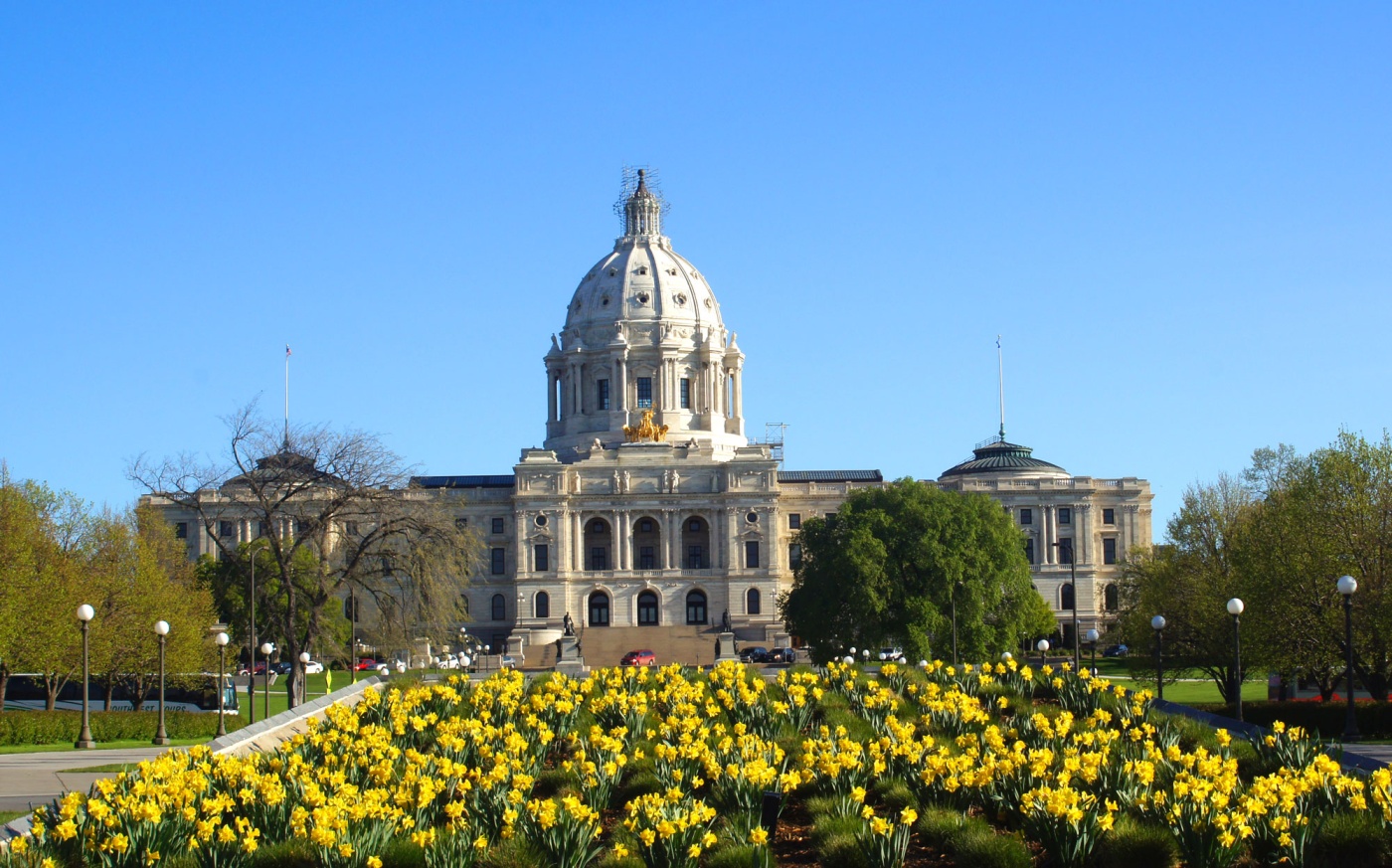Minnesota’s 2022 legislative session is underway. Before the end of May, our legislators will likely pass a bonding bill, negotiate a budget surplus, and determine any other bills they want to turn into law.
Conservation Minnesota’s Priority Policy Areas in the 2022 Legislative Session
CLIMATE
- Clean Fuel Standard
Incentivizes cleaner fuels, including biofuels and electric vehicles, to decrease the climate pollution released by transportation fuels. - 100% by 2040
Moves Minnesota toward carbon-free electricity production by 2040. - Buy Clean & Buy Fair
Promotes spending taxpayer dollars on infrastructure supplies that are manufactured in a cleaner, more efficient, climate-friendly manner. - Investment in Climate Mitigation
Funds climate mitigation and adaptation, including solar, weatherization, electric vehicle infrastructure, tree planting, and soil conservation.
CONSERVATION
- Environment & Natural Resources Trust Fund Lottery Dedication Reauthorization
- Re-dedicates money from the Minnesota lottery to the Environment & Natural Resources Trust Fund, a fund for the protection, conservation, preservation, and enhancement of the state's air, water, land, fish, wildlife, and other natural resources. This is currently scheduled to expire in 2025.
- Reforms the Legislative-Citizen Commission on Minnesota Resources (LCCMR)—which makes funding recommendations to the legislature for special environment and natural resource projects—to be in less conflict with the legislature, which appropriates the funds.
- Elk Reintroduction
Promotes the Fond du Lac Band of Lake Superior Chippewa’s proposal to the Department of Natural Resources for the reintroduction of an elk herd to northeast Minnesota.
COMMUNITY HEALTH
- Environmental Justice Cumulative Impact Analysis
Requires an impact analysis on air quality when submitting permits for a facility or project that is likely to deposit emissions within an area that’s highly impacted by pollution. - Investment in Water Infrastructure & Lead Removal
Funds treatment, resiliency, and lead service line removal to reduce exposure to lead in drinking water. - Labelling & Waste Reduction
Ensures truth in labelling, preventing the use of recyclable, biodegradable, and compostable labels on non-applicable products.

